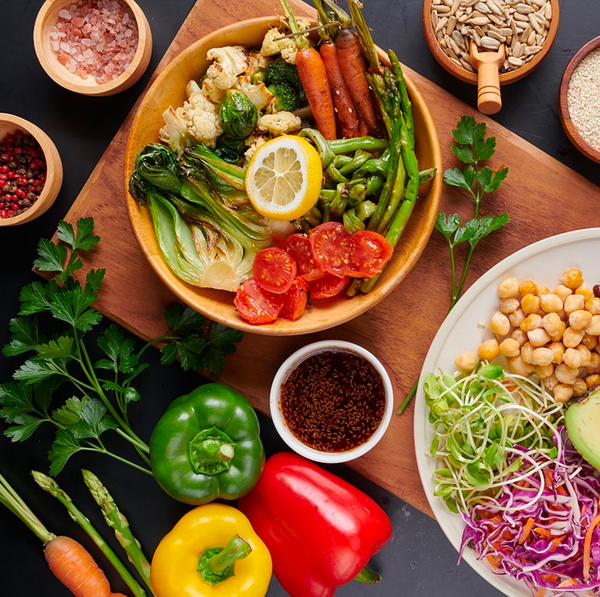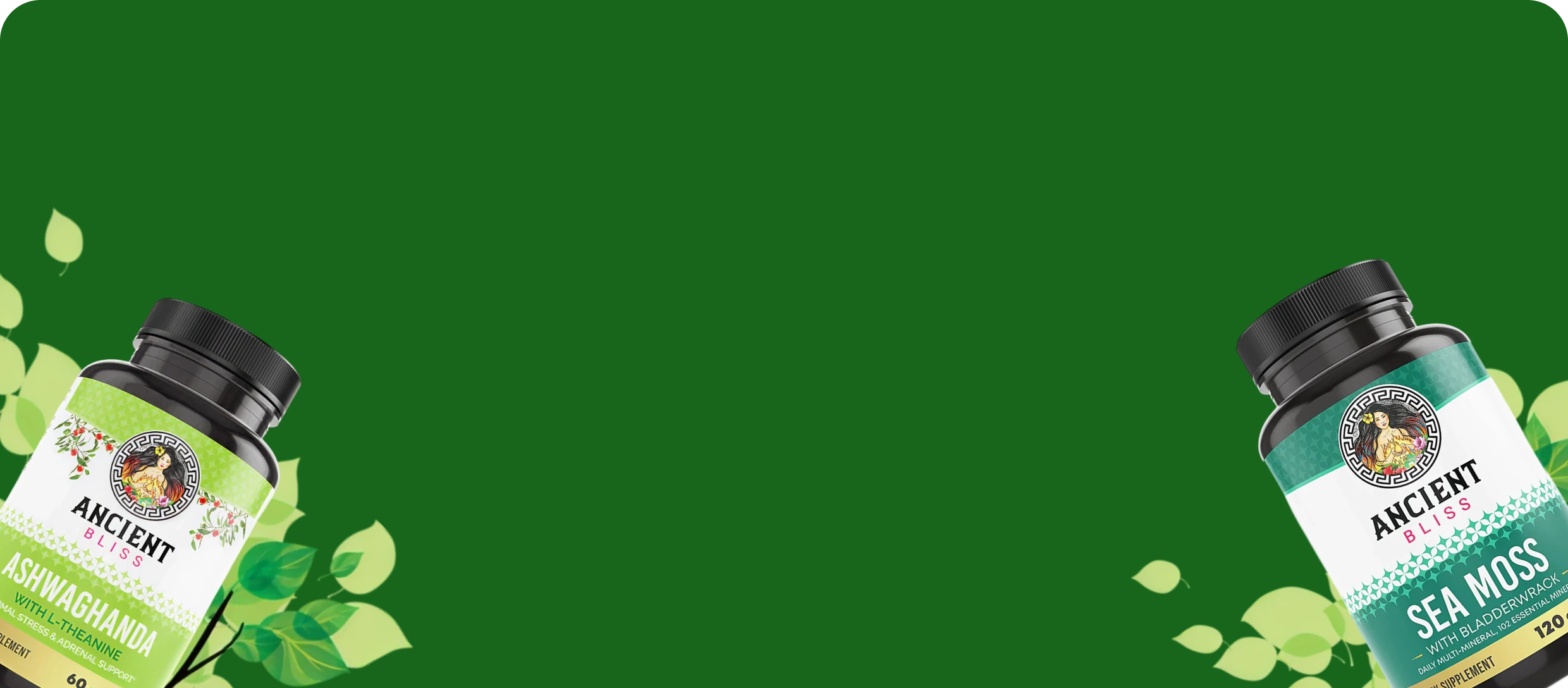A Simple Guide to Healthy Grocery Shopping

A Simple Guide to Healthy Grocery Shopping
Navigating through aisles in a grocery store to find healthy food items can be an overwhelming task for many people – especially if you do not know which foods are healthy and which are not.
It can also be hard to resist temptations if you go grocery shopping without a plan. However, with a little guidance, you can make healthy grocery shopping choices.
Here is a comprehensive guide to healthy grocery shopping to help you stick to your health-related goals.
Make a healthy shopping list
Planning the upcoming week’s meals and buying their ingredients beforehand is a great way of saving time and effort.
So get a pen and paper and start making a list of items you need to cook those meals. Studies show that people who create a grocery list before shopping make healthy choices compared to those who don’t (1).
When you make a list, you only go to the sections or aisles that have your desired items. It assists in handling temptations and making the shopping experience less overwhelming.
Add a variety of healthy food items to your grocery list so your body can get all the essential nutrients. Don’t forget to add vegetables, fruits, beans, nuts, and whole-grain to your list.
Don’t go grocery shopping on an empty stomach
Do you know your hunger hormones can influence your decision-making process? Multiple studies suggest that your hunger hormones can increase impulsive behavior (2).
When you go shopping hungry, it becomes hard to avoid mouth-watering snacks and chocolate bars wrapped in attractive packets. As a result, you end up buying food items that you do not need.
It is best to eat a healthy meal before you go grocery shopping. You can also keep a healthy snack in your bag to eat when you feel hungry while shopping.
Start from the perimeter of the grocery store
Shopping the perimeter of the store first can help you make healthier food choices. Perimeter aisles generally have fruits, vegetables, and healthy protein sources, while center aisles mostly have unhealthy snacks.
However, there are many healthy food items in the center aisles, such as nuts, beans, seeds, and frozen food.
Fill your cart first with vegetables, fruits, and protein sources, and then visit the center aisles to buy the remaining food items.
Know what you are buying
When buying packed items, make sure you read their labels and learn their nutritional facts. If you find reading labels confusing, these tips will help you make better choices.
- Leave items that have a long ingredient list. They generally have artificial ingredients and added sweeteners.
- Avoid bad oils. Ditch anything that says vegetable, canola, sunflower, or palm oil and look for food items that contain avocado oil, coconut oil, or olive oil.
- Do not forget to see servings per container
- Avoid food items that have too much added sugar. Look for food items that have natural sugars instead of processed. For example, honey, maple syrup, or coconut sugar.
- If you must buy processed sugar, select items that are less than 6 grams (one and a half teaspoons) of sugar.
- Sugar in the ingredient list can be named sucrose, sugar cane, glucose, maltose etc. Identify these hidden sources of sugar to learn the selected item’s total sugar content.
Choose real food over processed food
Select 100% pure food items if you can, like, 100% apple juice, 100% whole-grains item, etc. They have a variety of healthy nutrients in a balanced amount.
In contrast, processed foods lack a balance of healthy nutrients. They are loaded with sugar, sodium, and saturated fats. They may taste better but have no prominent health benefits. If you really have to choose processed items, choose the least processed ones.
It may sound surprising, but over 90% of the food in a grocery store is processed. If you can buy a bulk amount of your groceries in that other 10% (the produce section) then you will not only be eating healthier, but you’ll be saving a lot of money as well!
Make sure you stick to your plan
While grocery stores aim to make people spend money – whether it's on unhealthy or healthy items – you have to stick to your goal no matter what.
Resist temptations and do not pay heed to sales or attractive food displays.
Make the right snack choice
Make healthy snack choices to tame your hunger between two meals. Healthy snacks are a great source of vitamins and minerals.
Here are a few examples of healthy snack items:
- Raw nuts and seeds
- Frozen fruits
- Dried fruits
- yogurt and berries
- Dates and nut butter
- Dark chocolate
- Olives
- Hummus and veggies
Takeaway
Healthy grocery shopping starts with planning ahead and making a healthy grocery list. Plan your one week's meals ahead and buy healthy food items accordingly.
Prefer natural or real foods over processed foods. You should also try your best not to add foods rich in added sugar or artificial ingredients to your cart. Buy healthy snacks and stick to your healthy eating plan no matter how tempting it may be… see your future self and reflect on how grateful you will be for making these choices today!
In same category
-
![]()
A Simple Guide to Healthy Grocery Shopping
A Simple Guide to Healthy Grocery Shopping Navigating through aisles in a grocery store to find healthy food items can...
-
![]()
A Simple Guide to Healthy Grocery Shopping
A Simple Guide to Healthy Grocery Shopping Navigating through aisles in a grocery store to find healthy food items can...
-
![]()
A Simple Guide to Healthy Grocery Shopping
A Simple Guide to Healthy Grocery Shopping Navigating through aisles in a grocery store to find healthy food items can...




